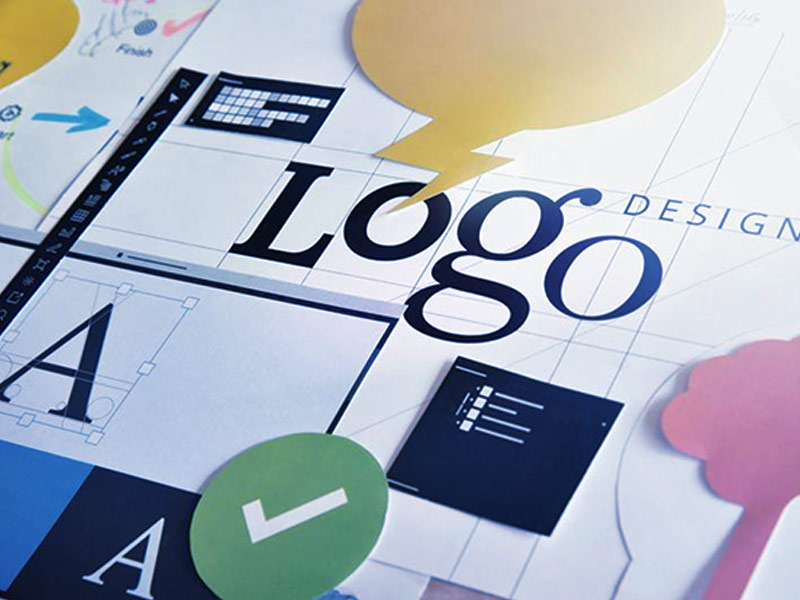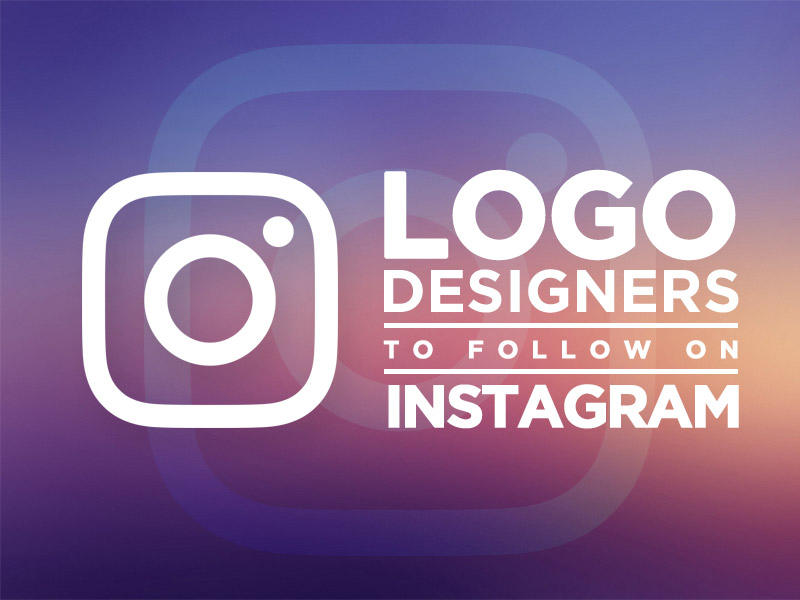Looking for a color for your logo? Want to stand out from your competitors? Not sure how to make combinations of colors in your logo? Then read below.
Too many questions right?
Well, many such questions come to your mind when you are searching for a suitable color for your logo design.
After all choosing the right color will highlight your brand’s objectives, capacities and help you attract better customers. On the other hand, choosing a wrong color or color combination can ruin your message and confuse your audience about your brand objectives.
Many of us have heard about the color psychology, and some of us have also gathered in-depth know-how of it. The color psychology is about how colors influence our emotions, feelings, attitudes, and behaviors. However we often end up wondering if these color theories mean something in branding and logo design.
A number of design researchers have stated that some colors can have a major influence on the audience while other have nil. Based on this research, we have made a comprehensive guide to help you choose the right colors for your logo. Read till the end to know and understand better.
The journey to choose the right colors for your logo design includes the following steps:
- Know About the Color Meanings
- Know the Origination Of Color Meanings
- Choose The Logo Color
Let’s discuss each of the steps in detail.
Also read: Best Examples of Good Logo Design
Steps to Choosing the Right Colors for Logo Design
1. Know About the Color Meanings
Before you do anything about the color, it is important to know the meaning and psychology of the colors.
Red
Red associates with enthusiasm, love, anger, and passion. If your brand narrates playfulness, youth, loudness, and energy, red is the right choice for you. In contrast, if you are a more serious, and mature brand, then better avoid red.
Orange
Orange conveys playfulness and vigor. Not many brands associate with orange, hence you can use it to be distinctive. However, refrain from orange if your brand is into the serious and luxurious genre.
Yellow
Yellow associates with cheer and friendliness. It speaks of radiance and youth as well. However, many brands refrain from using yellow, since it reflects chirpiness rather than maturity. Hence if you are into serious businesses like luxurious products, you can avoid yellow.
Green
Although not many brands choose green to convey their brand’s message, it does have some impactful characteristics. Green associates with nature and environment-friendliness, hence, make a great option for brands of healthcare and organic products.
Blue
We usually think of water or sky when we envision blue. Besides that blue represents care, maturity, and faith. Hence if your brand wants to convey such messages, blue will be a great choice. Blue also connects with calmness and is seen in a number of brand logos. Hence, you’ll need to find interesting ways to incorporate it into your logo design.
Purple
Purple speaks of opulence and wealth due to its few contexts from the past. However, is not that much of a serious color. Hence, if your brand is into playful yet significant products, then purple is a good fit for you.
Pink
Although people usually relate to femininity, it is not limited to just that. It is also associated with youth, luxury, and tenderness. That’s why you’ll find variations of pink in versatility.
Brown
Brown depicts an earthy emotion, i.e. something rooted with the earth. For being less vibrant than other colors, it is considered more serious and sophisticated. Other connotations of brown are darkness, decay, and rotting, which is why not many brands use brown. Hence, you can use it to be distinctive from your competition.
Black
Black is a color that stays trendy, no matter what. It represents versatile characteristics like luxury, modishness, authority, distinctiveness, and many more.
Gray
Gray comes between the two extremes, black and white. Being in the middle it represents traits of both the colors. The classic gray logos talk about simplicity, mystery, depth, and maturity.
White
White gives the essence to lightness and purity. It is often combined with black to make a great contrast. Any brand wanting a simple yet timeless logo can opt for this option.
2. Know the Origination of Color Meaning
The different meanings of logo colors are a result of mixture of art, culture, and science. Viewers respond to different colors and combinations based on the following phenomenon:
Appearance
Synonymous to musical notes, certain logo color combinations gell wonderfully, some create a dynamic effect that catches attention while others create a mess and disrupts the everall essence. As per the basic color theory, viewers tend to lose interest when similar color palettes are used together. And they can also get swamped by the chaotic color combinations.
Association With Feelings & Evolution
From a long time, humans have been associating colors with emotions. For instance, Indian brides wearing a red saree is an auspicious sign, while white is worn on mourning to express sadness. However, these associations mostly result from our cultural beliefs. This is because brides, on their wedding day, wear white, that symbolize purity, and so on.
On the other hand, some color associations are based on the natural evolution. For instance, brown is chosen by some people because it by defaut relates with decay and rotting. Whereas red is universally popular as a passionate color, evoking strong emotions of anger, love ,etc.
3. Choose the Logo Color
Before you choose a logo color, ask yourself what message do you want to convey to the audience, and what are the objectives you want to emphasize. Considering these factors are important to attract your target audience. This is because consumers tend to pick products that resonate with their personalities. By taking help of colors, they categorize products, recognize what they like and end up making a purchase decision.
After identifying the brand message, look among all the colors to understand and choose the most suitable one.
Combining Logo Colors
Always keep note of one thing that you do not need to use just one color in your logo. You may use more than one color (preferably two or three) to emphasize the range of products and services of your brand. Graphic designers often refer a color wheel to make the right color choice.
A color wheel is divided into sectors displaying relations between colors. Use this wheel to make successful color combinations. Identify the base color with which you want to work, and select the right shade, or tint. This is sometime challenging. Hence to overcome this, make multiple combinations of colors till you find the most suitable one.
- Complementary Colors – Complementary colors are those that stand opposite to each other on the color wheel. They can properly match with each other and create a balance between the overall logo design and its visual influence.
- Split Complementary Colors – Split Complementary Colors are a combination made from three colors. It is based on any color, and the colors which are present on both the sides of the complementary colors. With the help of this theory, designers can get a number of possibilities and harmonizing colors to experiment.
- Triadic Color Scheme – This scheme refers to colors forming a triangle on the color wheel. Designers can use this scheme to create effective color combinations for the logo.
- Analogous Color Scheme – Analogous Colors are those colors that are present beside each other on the color wheel. These are in a combination of three colors. Designers prefer using analogous colors in logos to add profoundness and versatile aspects of the brands objectives.
In the last, remember that you do not have to combine colors equally. You can opt for a single significant color that is the dominant one. While use an accent color in small amounts. This way you won’t have to restrict yourself to a single color while also not use too much colors. Prefer using a bold accent color so that it can pop up and create a contrasting effect.
Conclusion
So it is apparent from the above information that choosing colors for a logo design is not as easy as it appears. Each color, whether used solely or in combination, must be carefully chosen keeping in mind all the necessary aspects of the business. Firstly consider how you want the audience to perceive about your brand’s identity. Then find out what colors can help you share that thought with the audience. Also it is must to know what your competitors are up to and already doing. And lastly what kind of image you want to convey before your customers that is distinctive enough from your competitors.
Once you know the answers to the above questions, it will convenient for you to choose suitable colors.







